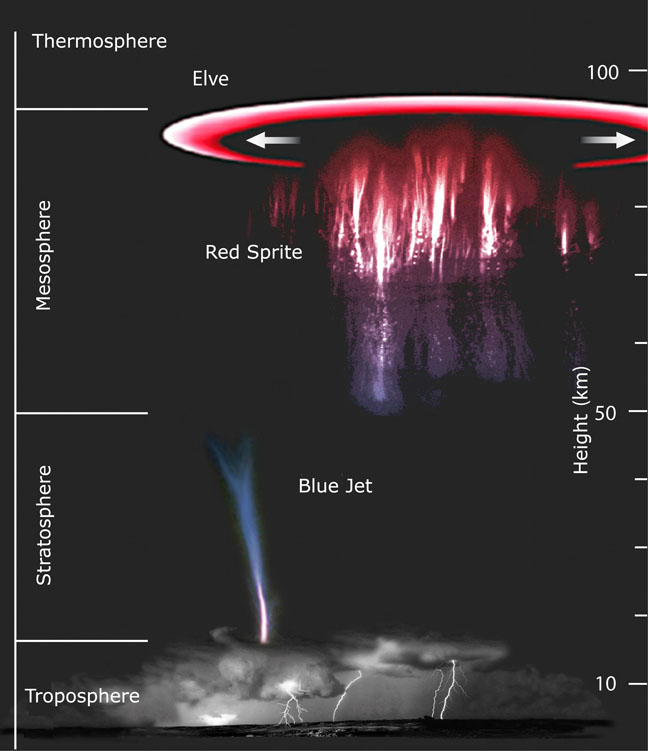There has been a great deal of
coverage in the press lately about the discovery of a mineral that is characteristic of very high temperature environments, from a comet, which is typically described as a ball of ice. The mineral in question is a two micron grain of
Forsterite, a magnesium rich form of olivine from ultramafic magmas. Unfortunately, I do not have the benefit of having taken any mineralogy courses. I have however been able to find out that Forsterite is
stable below 1,557° C, which means that where ever this crystal formed, it had to be exceptionally hot. I however do not think that this necessarily means that it formed near the sun as many people are saying, but could have formed in situ within the asteroid belt. Olivine is found all the time within stoney meteorites. Those of you at the University of Alberta have an excellent opportunity to see this by going to the Mineralogy/ Petrology
museum in the basement of the Earth Science Building.
Scientific pondering to follow:Three things that I'd like to know are: 1. at what pressure does a magma need to be at to form forsterite? 2. what form of olivine is found in the chondrites? 3. What is the currently favored hypothesis for how loosely agregated masses in the asteroid belt become a single, solid mass that can then differentiate? Anyone who works for Dr. Herd at the U of A should feel free to answer these. If they don't read this blog, more's the pity.
 Regarding the last question, I have my own idea: space lighning. Okay, it's perhaps not the best name for it, but if dust particles rub past each other, there's bound to be a build up of an electrical charge. When lightning discharges on earth, it reaches temperatures of up to 28,000 kelvin and frequently turns sand that it hits to glass structures called fulgurites. This certainly seems to meet the temperature requirements. If this happens on a reqular basis over a several billion year period, one might expect some fairly large masses to ultimately fuse together (collisions would regularly break up masses too, and after a certain point gravity and radiation would have the more dominant roles). The problem with my hypothesis however is observability. Electricity arcing through air is highly luminous, but in the vacuum of space it wouldn't give off much light in the arc, but rather as a diffuse cloud as it heated up the dust. Furthermore, lightning is small by comparison to objects that are easily seen with telescopes. Of course, if there's a problem with my reasoning due to my own ignorance, I'd appreciate it if someone corrected me.
Regarding the last question, I have my own idea: space lighning. Okay, it's perhaps not the best name for it, but if dust particles rub past each other, there's bound to be a build up of an electrical charge. When lightning discharges on earth, it reaches temperatures of up to 28,000 kelvin and frequently turns sand that it hits to glass structures called fulgurites. This certainly seems to meet the temperature requirements. If this happens on a reqular basis over a several billion year period, one might expect some fairly large masses to ultimately fuse together (collisions would regularly break up masses too, and after a certain point gravity and radiation would have the more dominant roles). The problem with my hypothesis however is observability. Electricity arcing through air is highly luminous, but in the vacuum of space it wouldn't give off much light in the arc, but rather as a diffuse cloud as it heated up the dust. Furthermore, lightning is small by comparison to objects that are easily seen with telescopes. Of course, if there's a problem with my reasoning due to my own ignorance, I'd appreciate it if someone corrected me.
No comments:
Post a Comment